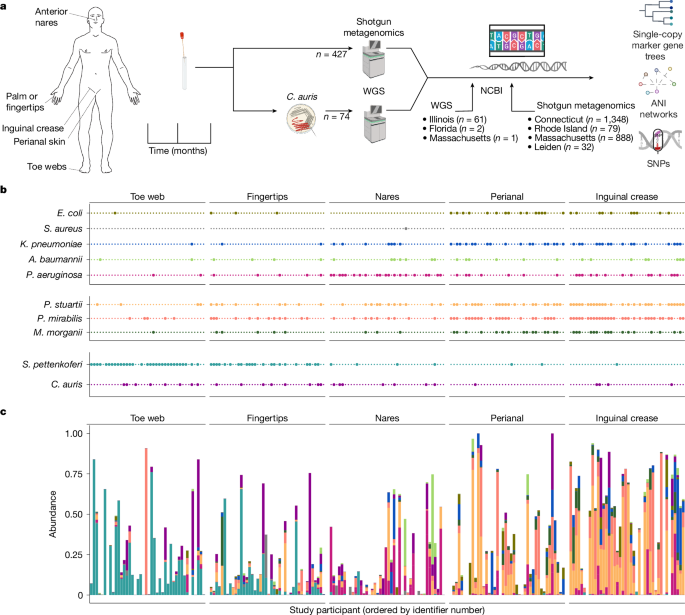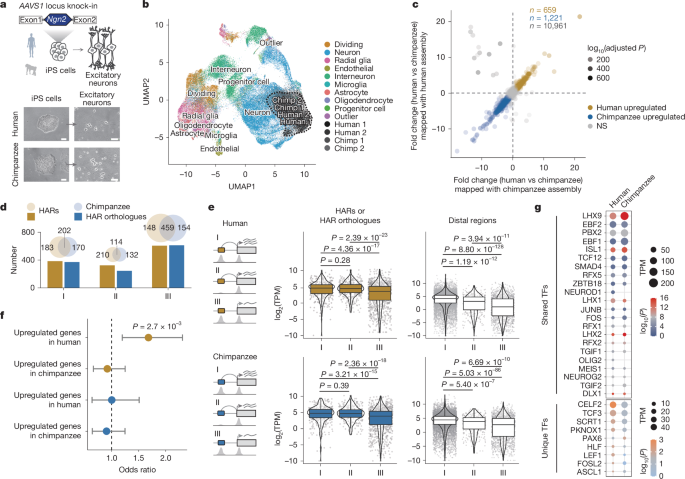
WWW.DISCOVERMAGAZINE.COM
Drinking Alcohol May Increase Your Risk of Some Cancers
In 2025, Dry January got a boost from the Surgeon General: an advisory about alcohols role in cancer and a warning about the risks of drinking.Alcohol consumption, the report stated, is the third leading preventable cause of cancer in the United States, after tobacco and obesity, increasing the risk of cancer in at least seven sites: mouth, throat, larynx, esophagus, breast, liver, and colon.With the advisory drawing our attention to the issue, its a good time to take a look at the connection between alcohol and cancer so we can make informed decisions about drinking.How Alcohol Causes CancerAlcohol does its damage in several ways. First, the breakdown of alcohol (ethanol) in the body produces acetaldehyde, a toxic chemical that damages both DNA and proteins.Alcohol also generates what scientists call reactive oxygen species you may know them as free radicals. They are unstable molecules that contain oxygen, which can react with other molecules. A buildup of these can damage DNA, RNA, and proteins and can contribute to the development of cancer.Alcohol can also increase blood levels of estrogen, a hormone that fuels some breast cancers. And last, but by no means least, alcohol can dissolve some other carcinogens, such as particles from tobacco smoke and pollution, making it easier for the body to absorb them. This increases the risk of mouth and throat cancers especially.Even Moderate Drinking Could Carry Cancer Risk For many years, weve heard that moderate drinking, especially red wine, is good for cardiovascular health. Recently, however, that thinking has been questioned. In 2018, The Lancet published research using 26 years of global data in an attempt to determine how much alcohol is safe.Though the study found that alcohol provided some protection from ischemic heart disease and diabetes, the benefits were outweighed by the risk of cancer. The researchers famously concluded that the safest level of drinking is none.Wei Zheng, a cancer epidemiologist at Vanderbilt University Medical Center, agrees with that conclusion. Zheng says that in the last five to seven years, more careful studies have found that moderate drinking provides no cardiovascular benefits, while weve known about the association between alcohol and cancer for over 20 years.The Surgeon Generals report shows that even moderate drinking one drink per day for women and two drinks per day for men still carries a lot of risk for cancer, Zheng says.Alcohol Consumption Nuances Meanwhile, the U.S. is gearing up to revise its dietary recommendations. To aid with this decision, the National Academies of Medicine (NAM) undertook a review of the evidence for the benefits and harms of moderate drinking. Its findings are somewhat more nuanced.The analysis did find that women who drink moderately have a 10 percent higher risk of breast cancer than do non-drinkers. Women who drink on the higher end of the moderate range had an even higher risk.On the other hand, the NAM report drew no conclusions about the risk of colorectal cancer for moderate drinkers, nor was it able to establish an association between moderate drinking and oral, pharyngeal, esophageal, or laryngeal cancers. (It did find, however, that when you get beyond moderate drinking, the risks increase.) On top of that, the report concluded (with moderate certainty) that when compared with never drinking, moderate alcohol consumption is associated with a lower risk of cardiovascular mortality in both men and women.Why the differences? For starters, the connection between alcohol consumption and health is very difficult to study. Other lifestyle factors can muddy the waters. For example, many moderate drinkers eat well and exercise regularly, habits which are known to lower risk.At the same time, conditions such as obesity can increase risk. Also, many past studies have relied on self-reporting, and people are known to underestimate, intentionally or not, how much they drink. The result is that its fiendishly difficult for researchers to adjust for all these factors.To Drink or Not To Drink When deciding whether to drink and how much, here are a few things to keep in mind.As the Surgeon Generals report explains, the increases in risk described in the report are relative risks. Relative risk is the proportional chance of an outcome occurring for one group (e.g., those who drink alcohol) as compared to another group (e.g., those who do not drink alcohol). It is important to understand that a large change in relative risk may represent only a small change in absolute risk, the report stated.Also, drinking is not the only factor that increases cancer risk; so does obesity, a sedentary lifestyle, and a family history of cancer. In other words, your mileage may vary depending on other risk factors.The current U.S. guidelines recommend two drinks a day or fewer for men and one drink or fewer a day for women. If youre not willing to give up alcohol completely, and most people arent, following these guidelines is probably the best strategy.If you drink, drink as little as possible, says Zheng, noting that the more you drink, the greater your risk. He also adds that other healthy lifestyle habits, while not eliminating the risk posed by alcohol, can also reduce your overall cancer risk.Article SourcesOur writers at Discovermagazine.com use peer-reviewed studies and high-quality sources for our articles, and our editors review for scientific accuracy and editorial standards. Review the sources used below for this article:U.S. Public Health Service. Surgeon Generals 2025 AdvisoryRethinking Drinking. What are the U.S. Guidelines for Drinking?Avery Hurt is a freelance science journalist. In addition to writing for Discover, she writes regularly for a variety of outlets, both print and online, including National Geographic, Science News Explores, Medscape, and WebMD. Shes the author of Bullet With Your Name on It: What You Will Probably Die From and What You Can Do About It, Clerisy Press 2007, as well as several books for young readers. Avery got her start in journalism while attending university, writing for the school newspaper and editing the student non-fiction magazine. Though she writes about all areas of science, she is particularly interested in neuroscience, the science of consciousness, and AIinterests she developed while earning a degree in philosophy.
0 Yorumlar
0 hisse senetleri
0 önizleme













